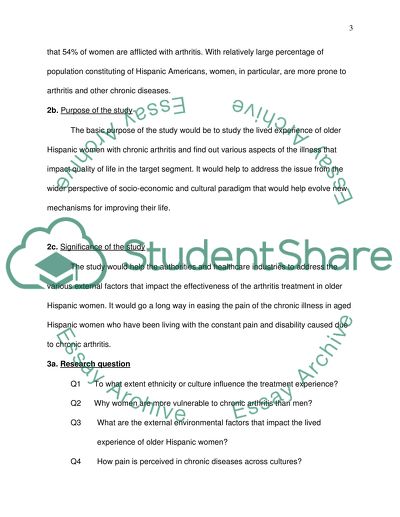Cite this document
(“The Lived Experience of Older Hispanic Women with Chronic Arthritic Research Proposal”, n.d.)
Retrieved from https://studentshare.org/nursing/1457477-the-lived-experience-of-older-hispanic-women-with
Retrieved from https://studentshare.org/nursing/1457477-the-lived-experience-of-older-hispanic-women-with
(The Lived Experience of Older Hispanic Women With Chronic Arthritic Research Proposal)
https://studentshare.org/nursing/1457477-the-lived-experience-of-older-hispanic-women-with.
https://studentshare.org/nursing/1457477-the-lived-experience-of-older-hispanic-women-with.
“The Lived Experience of Older Hispanic Women With Chronic Arthritic Research Proposal”, n.d. https://studentshare.org/nursing/1457477-the-lived-experience-of-older-hispanic-women-with.


